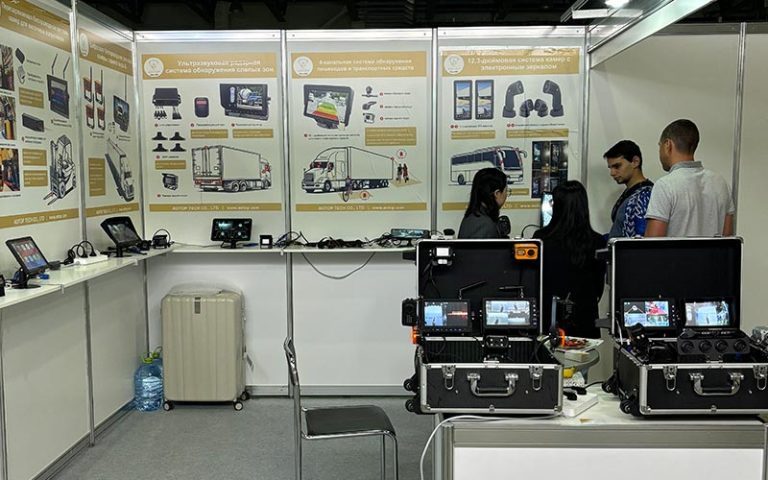As modern automotive technology continues to evolve, reversing cameras have become part of driver assistance systems. The goal of these systems is to provide better visualisation information to increase driving safety, especially when reversing and parking. However, there is a great deal of concern as to whether a reversing camera with CVBS HD resolution (0.3/1.0/2.0 megapixels) is clear enough for driving needs.
Table of Contents
What is CVBS resolution?
CVBS (Composite Video Baseband Signal) is an analogue video signal transmission standard, usually expressed as a resolution. Plain definition resolution usually refers to 0.3 megapixels (320×240 pixels), 1.0 megapixels (720×576 pixels), or 2.0 megapixels (1280×720 pixels), all of which are well below the resolution of High Definition (HD) or higher resolution cameras.
Is the clarity sufficient?
Clarity is a crucial factor for a reversing camera. Generally speaking, CVBS Plain HD resolutions are sufficient for most reversing scenarios, but they do have some limitations.
- The basic Need Is Met: the CVBS resolution is sufficient for displaying rear obstacles, pedestrians and other vehicles to help drivers avoid potential collisions. In most cases, this resolution provides sufficient information.
- Limitations To Visibility: However, the relatively low resolution of CVBS Plain View may not provide as much detail, such as fine detail on small objects or in low-contrast situations. This may limit driver visibility in some situations.
- Lighting Conditions Impact: CVBS cameras may not perform well in low light conditions, resulting in increased picture noise. This may make reversing more challenging for drivers at night or in low light conditions.
How to choose a reversing camera?
When choosing a reversing camera, you should weigh up the factors based on your individual needs and driving environment. If you usually drive during the day, a camera with CVBS HD resolution may be sufficient for your needs under better lighting conditions. However, if you often drive at night or in low light conditions, or if higher resolution is critical to your driving needs, then you may want to consider a higher resolution reversing camera such as High Definition (AHD) or 2K.
In summary, CVBS Plain HD resolution reversing cameras are adequate for most everyday driving scenarios. However, driving conditions, personal preferences and visibility needs may influence your choice. Whatever reversing camera you choose, make sure it provides enough information to help you perform safe reversing and parking manoeuvres.



